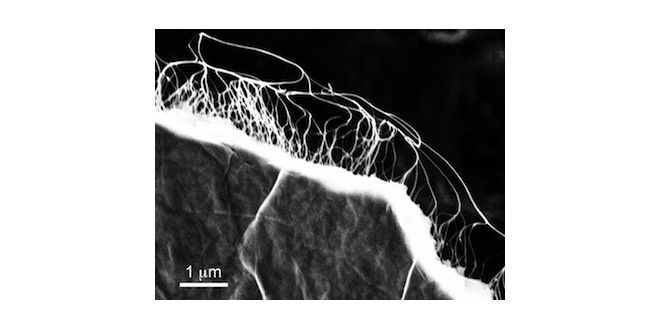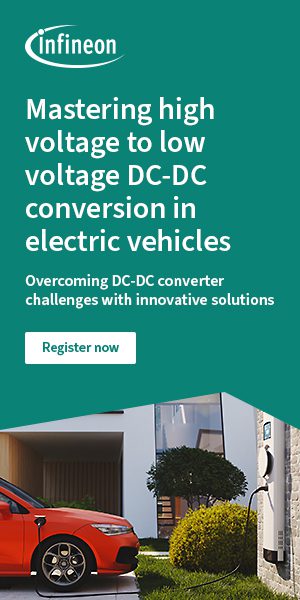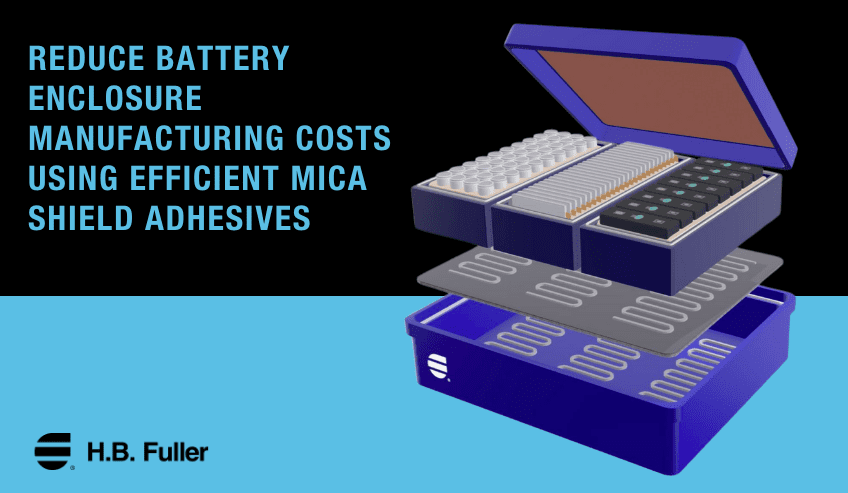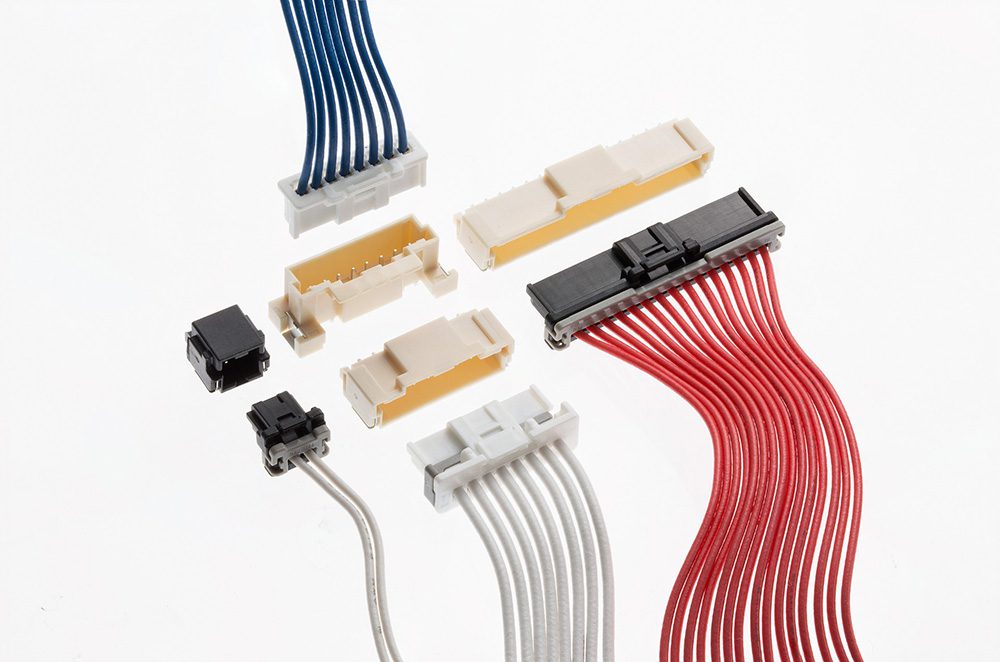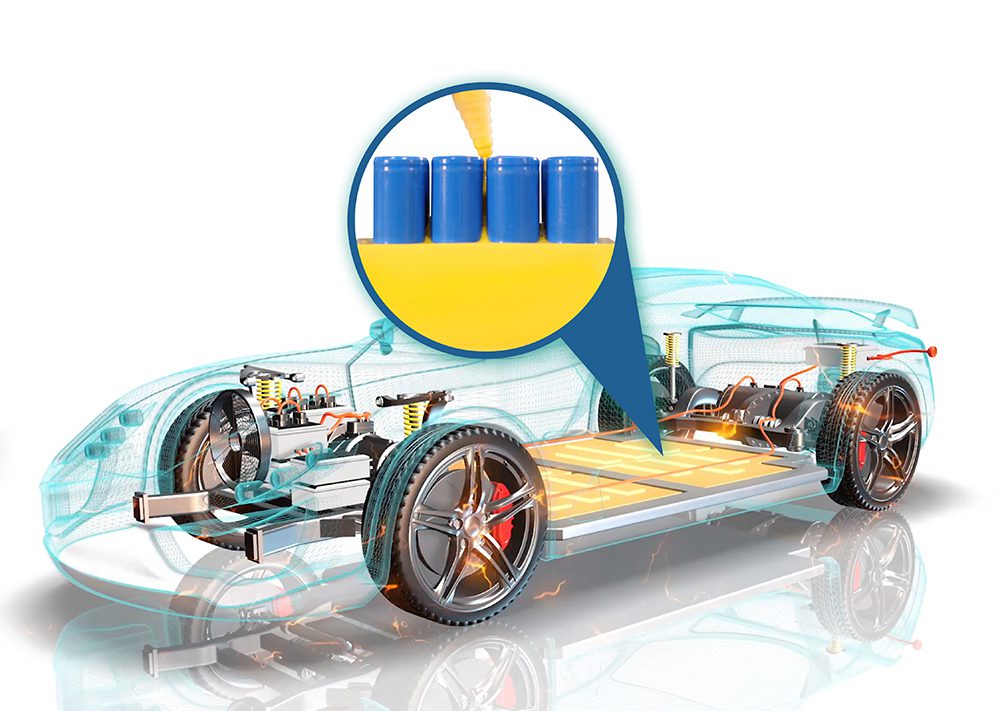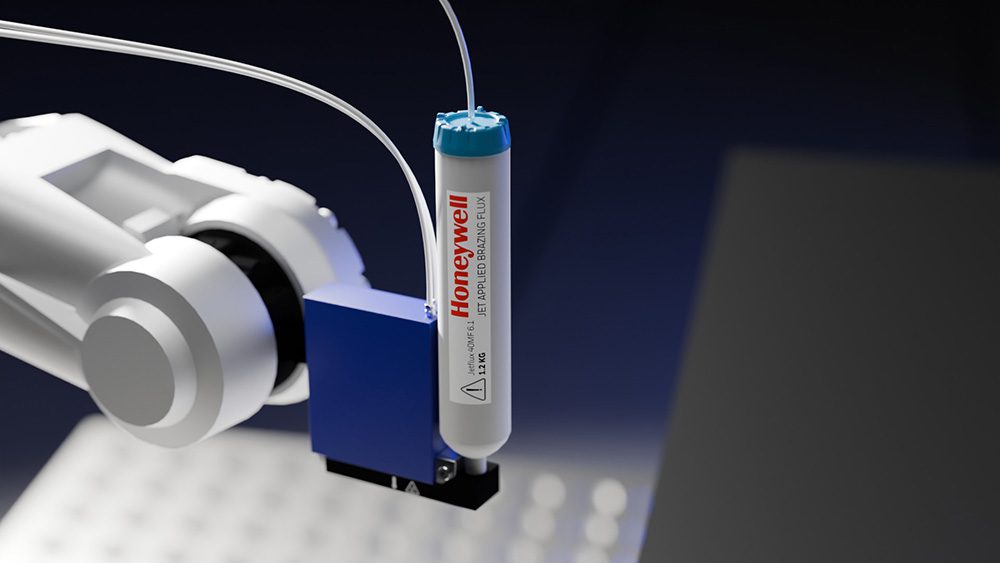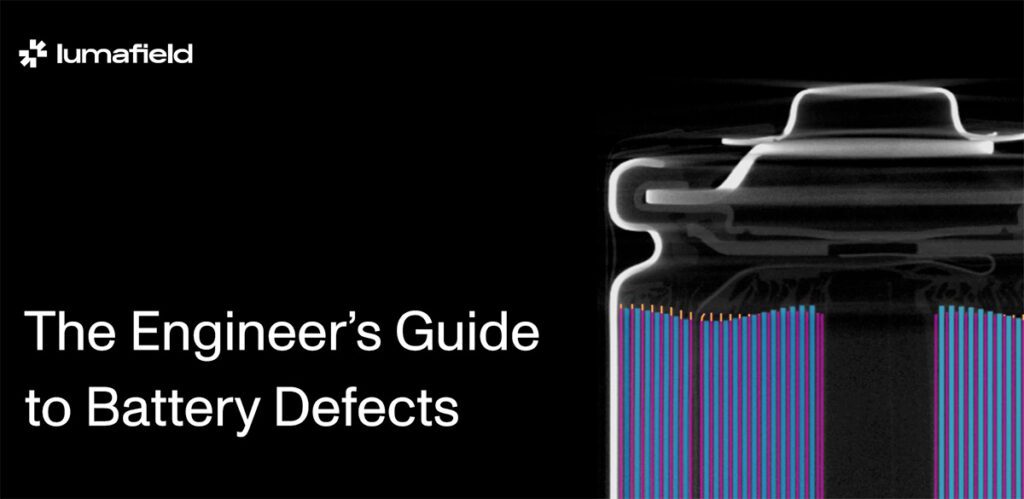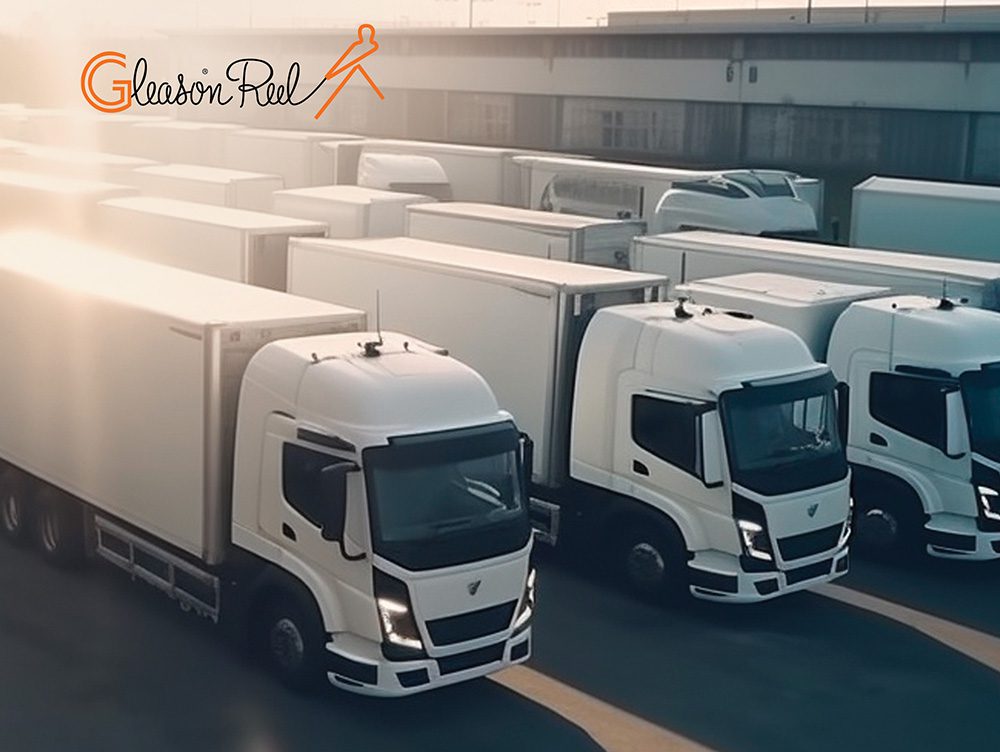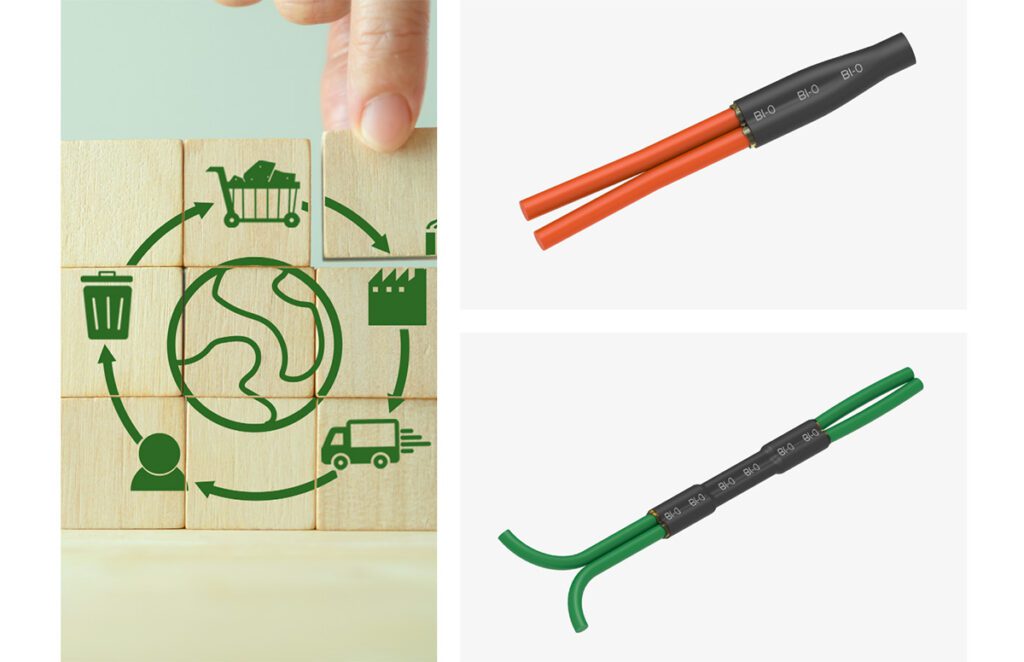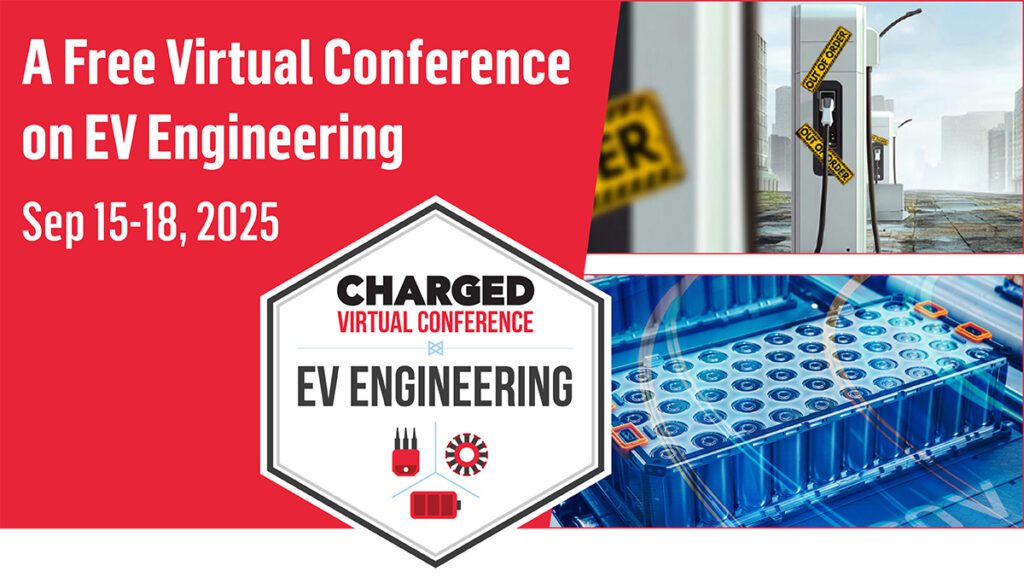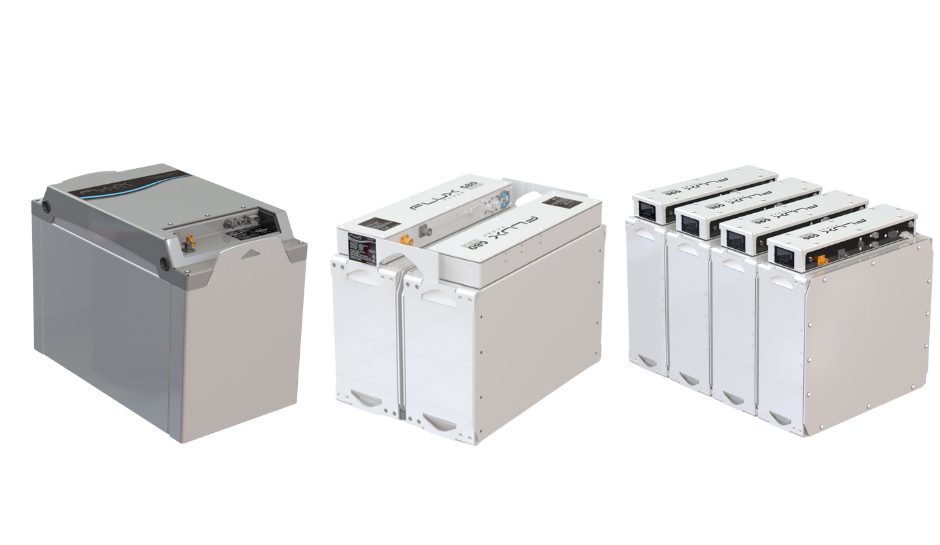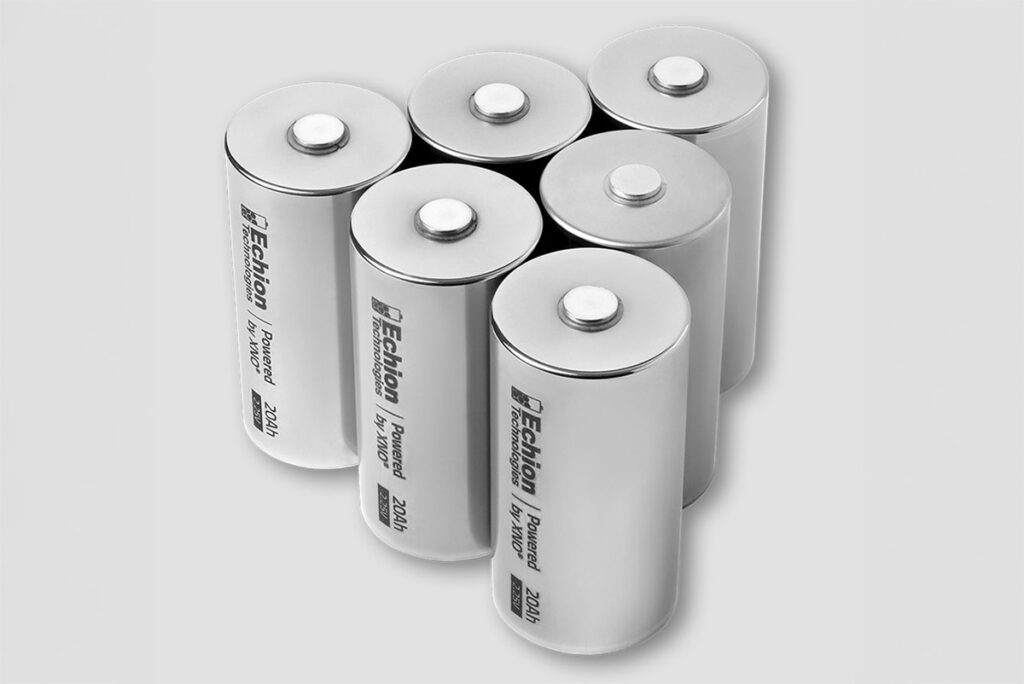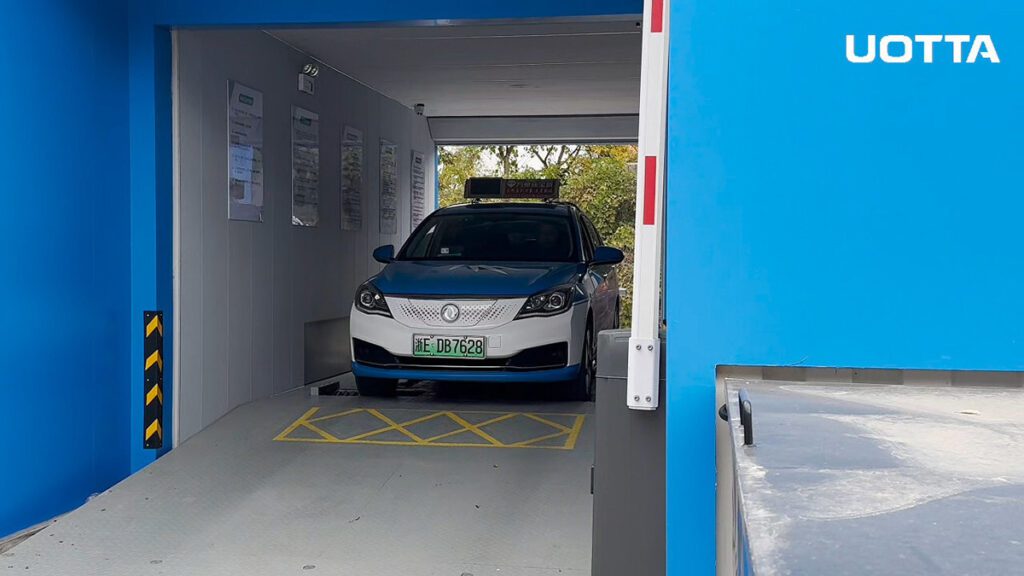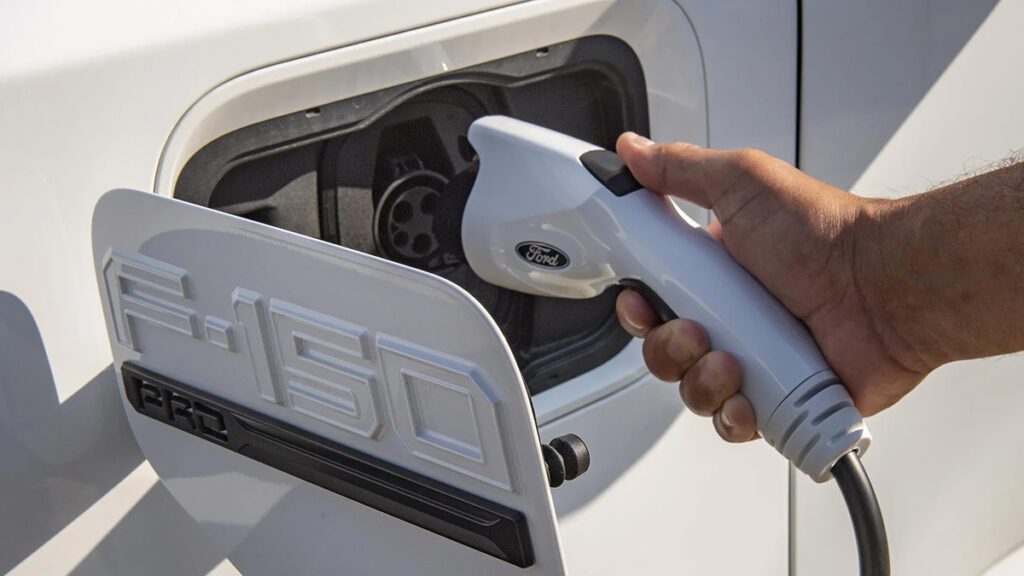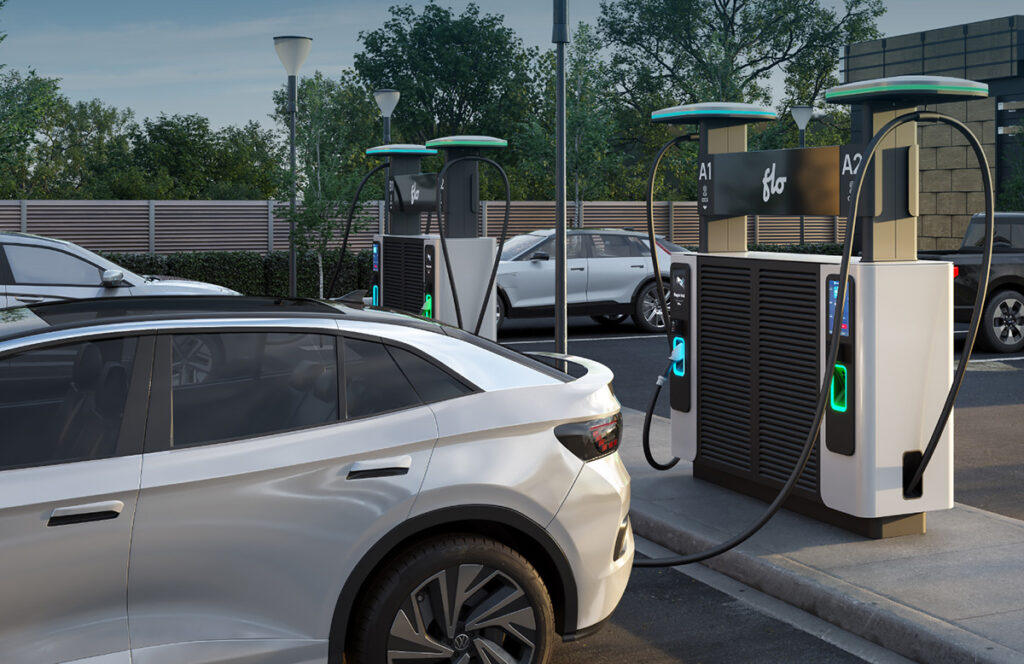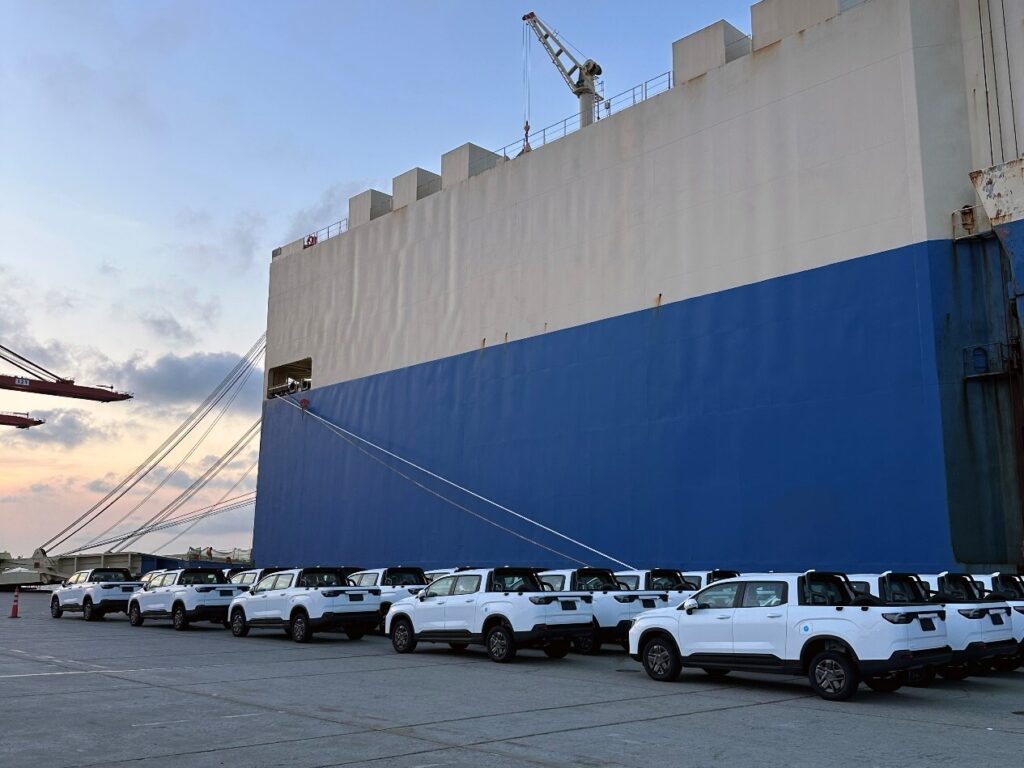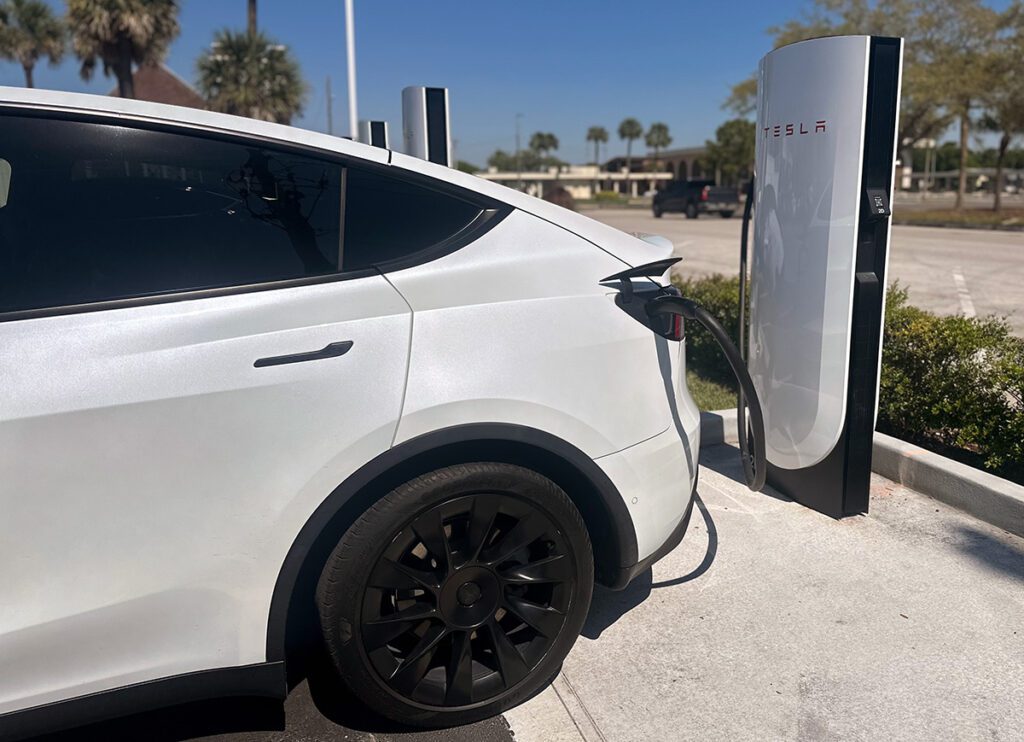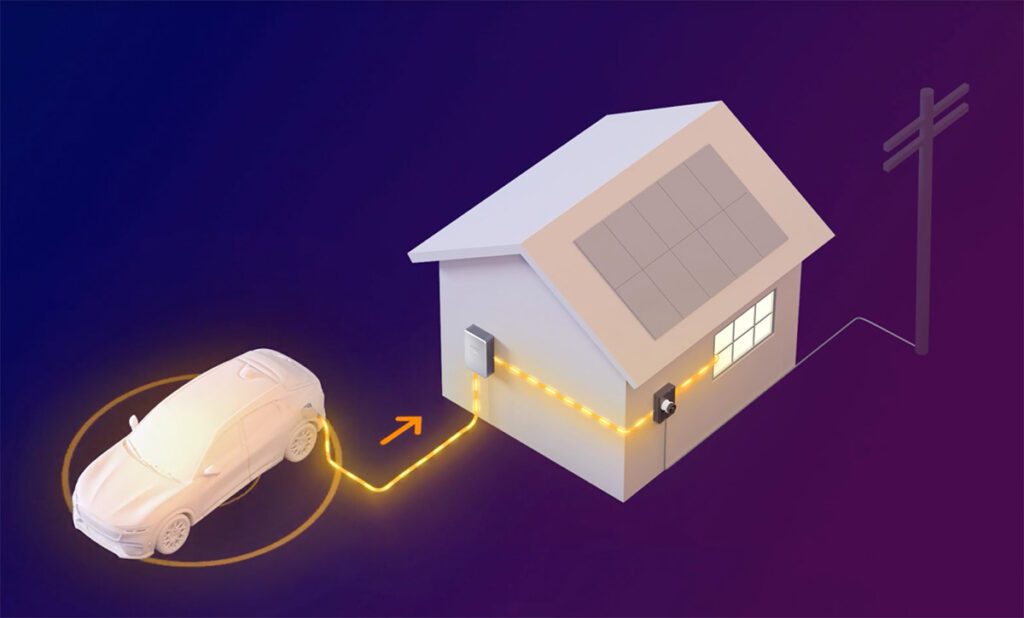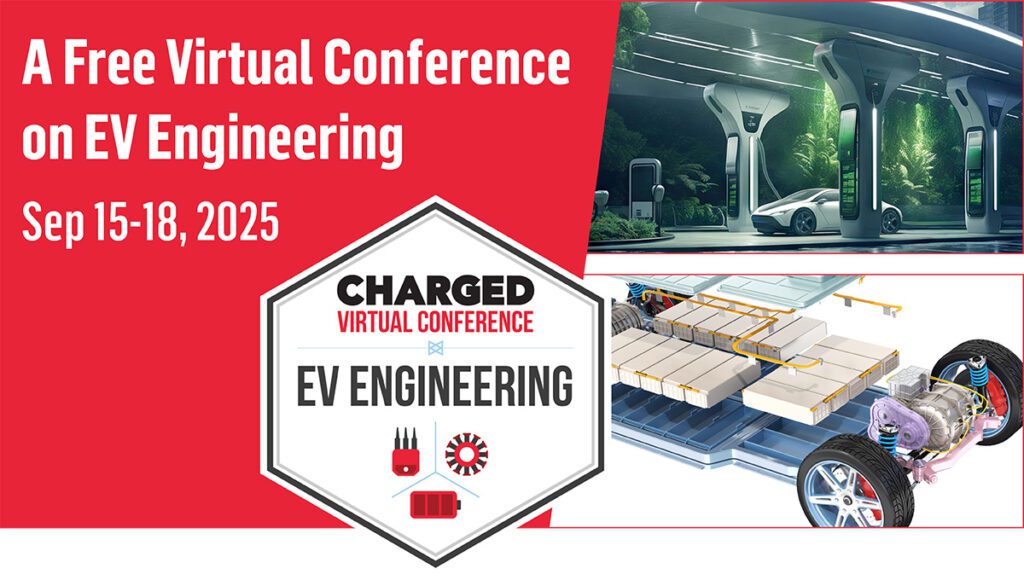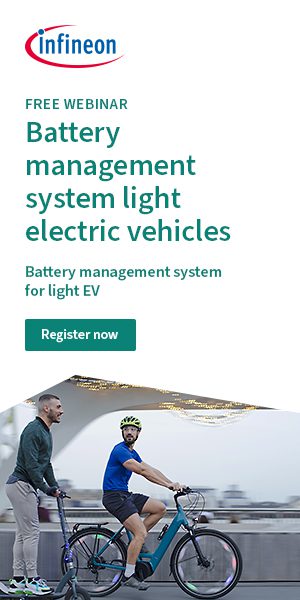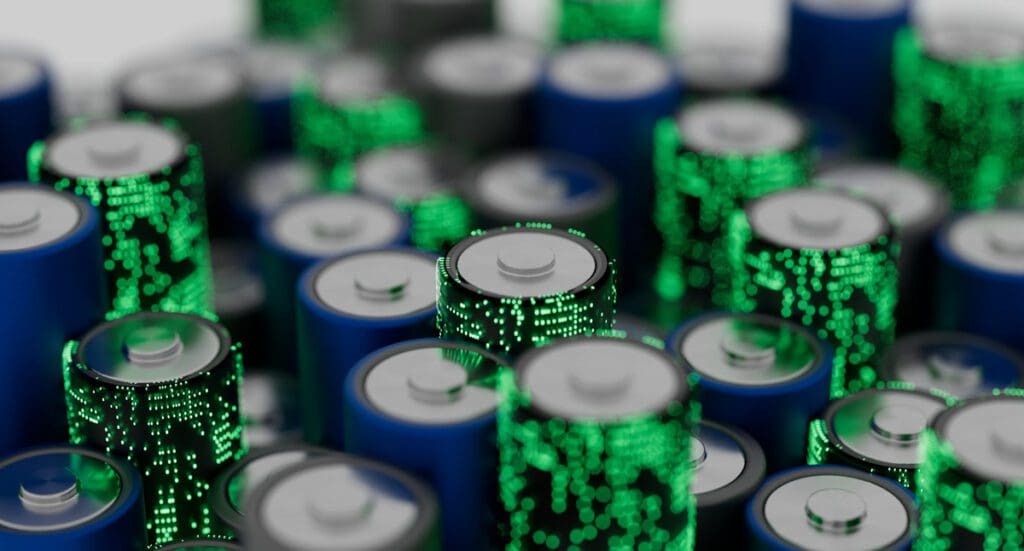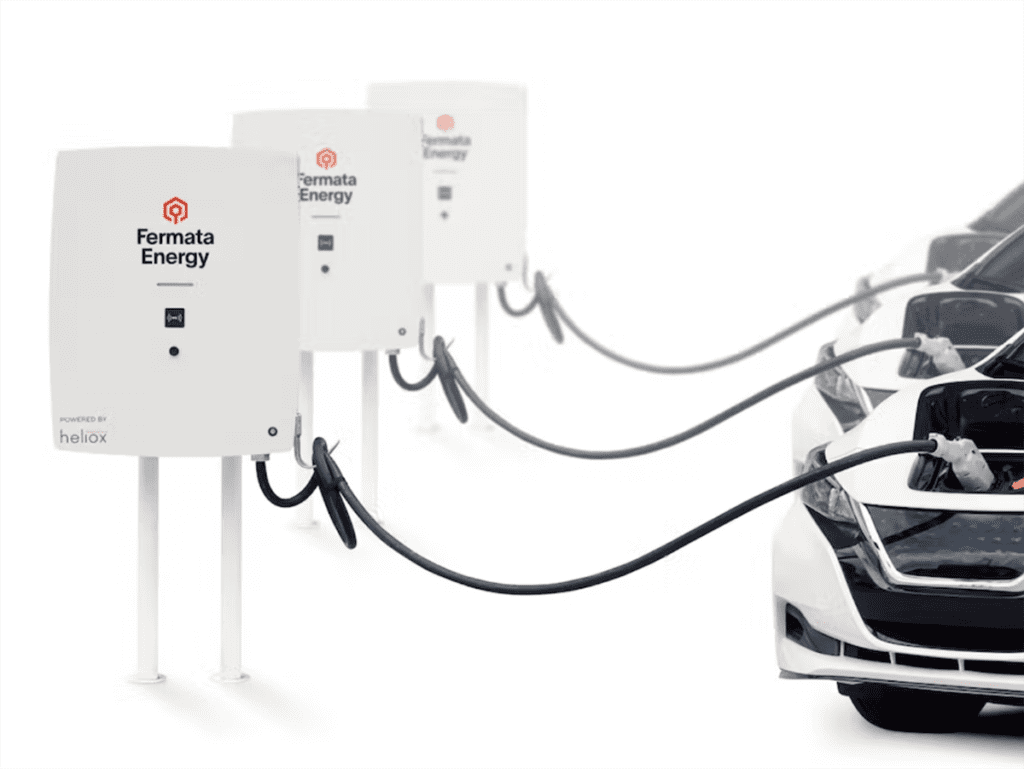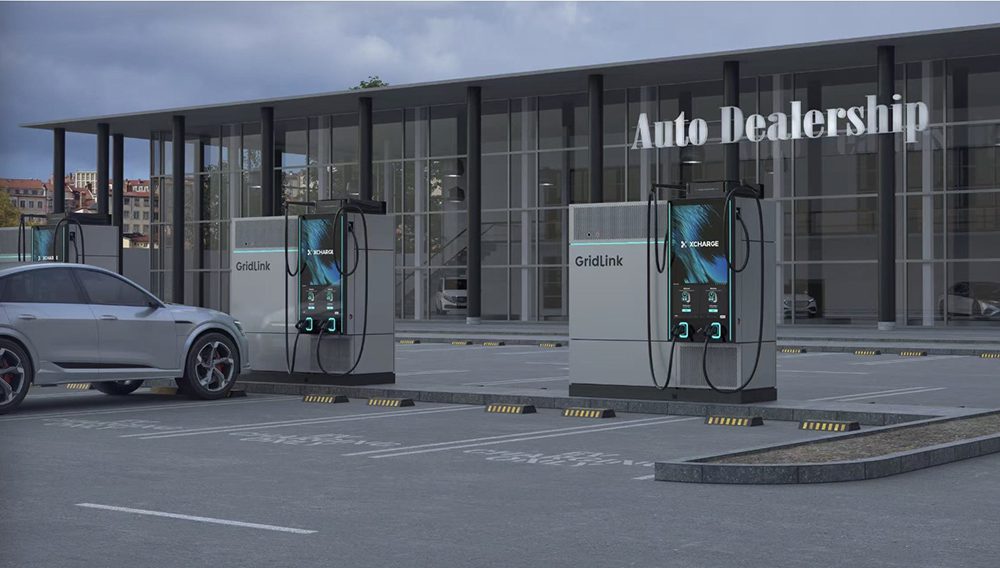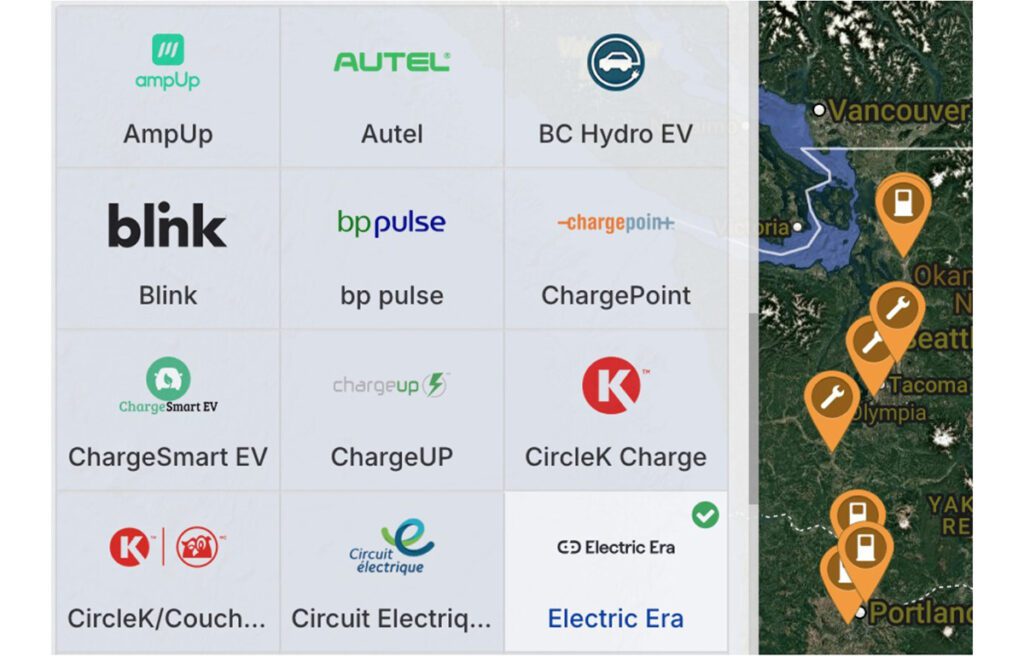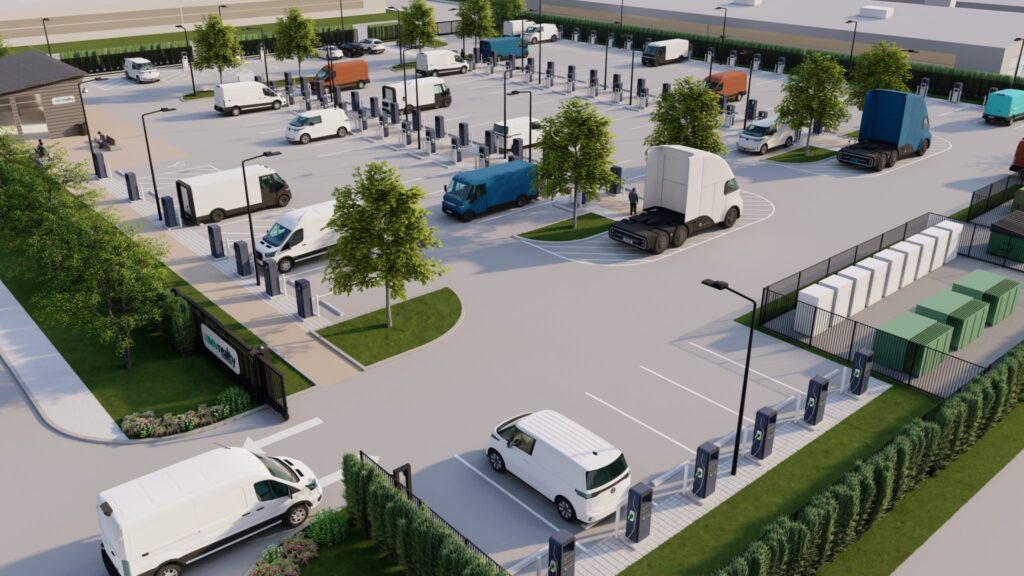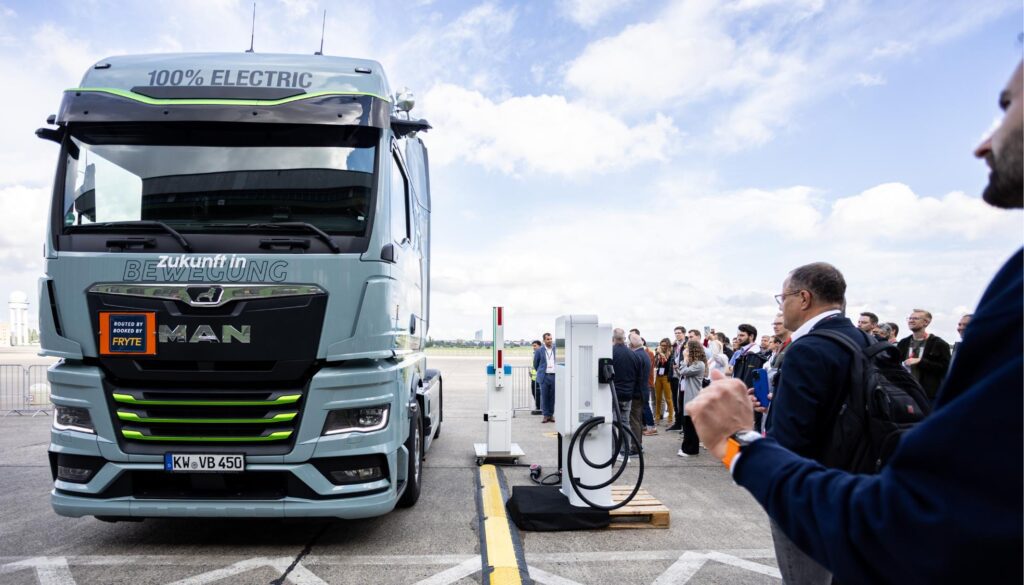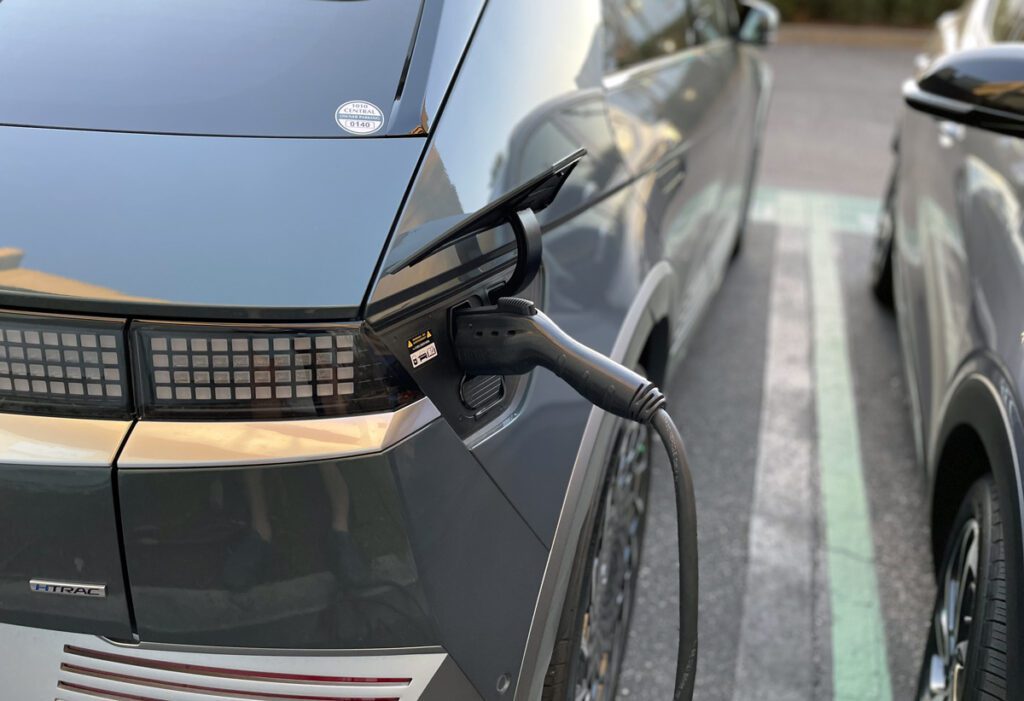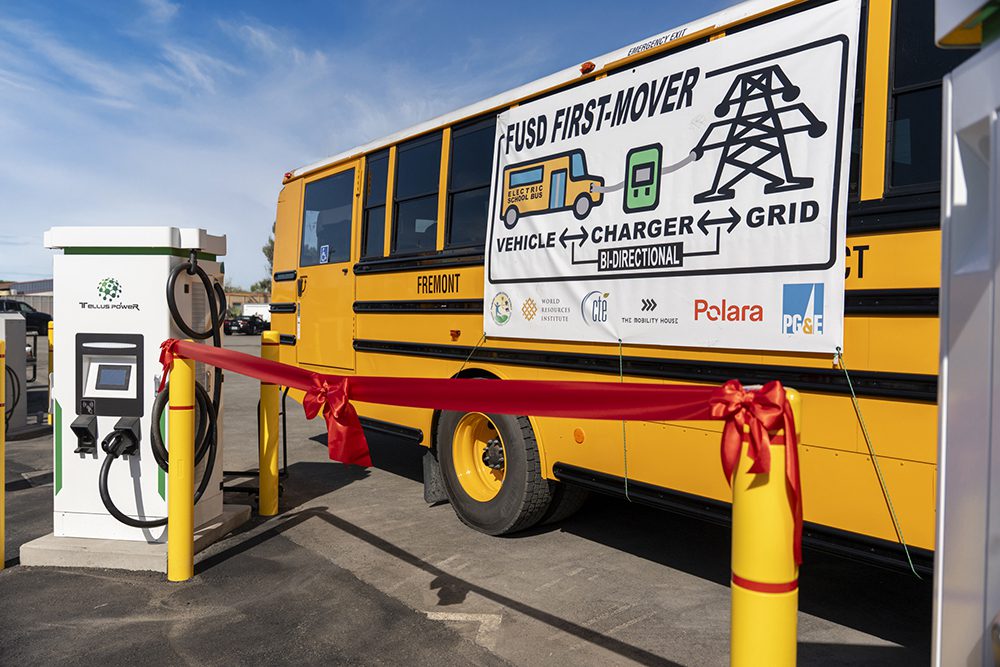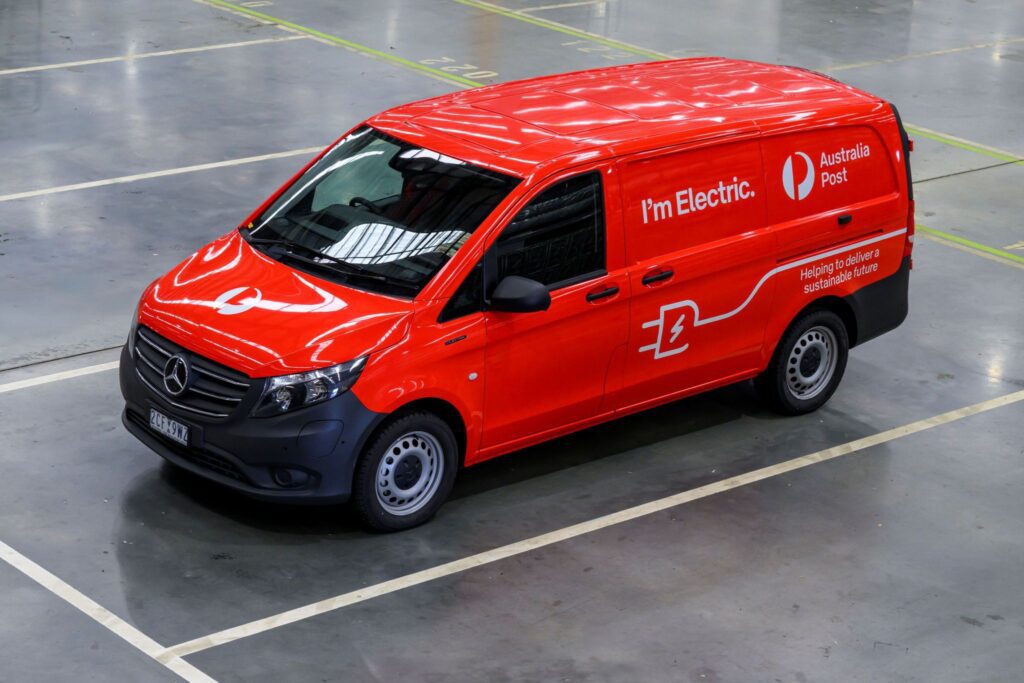Researchers around the world are working on supercapacitors (aka ultracaps), whose high power density makes them a perfect complement for lithium-ion batteries. Meanwhile, a couple of visionaries at Volvo have been thinking about ways to get around the high space requirements of batteries by storing energy in a car’s body panels.
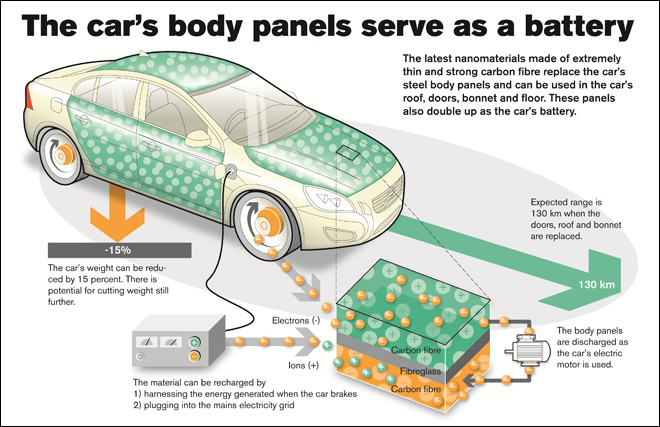 Image Courtesy of Volvo Car Group
Image Courtesy of Volvo Car Group
Now two teams of scientists, in Australia and Texas, have combined the two ideas, and developed a way to make supercapacitors into a thin and extremely strong film that could be embedded in body panels.
Researchers from the Queensland University of Technology in Australia and Rice University in Texas described their work in two new papers published in Nanotechnology and the Journal of Power Sources.
Researchers in the Queensland lab of scientist Nunzio Motta combined exfoliated graphene and entangled multiwalled carbon nanotubes with plastic, paper and a gelled electrolyte to produce the flexible solid-state supercaps.
“Nunzio’s team is making important advances in the energy-storage area, and we were glad to see that our carbon nanotube film technology was able to provide breakthrough current collection capability to further improve their devices,” said Professor Matteo Pasquali, from Rice.
“We built on our earlier work, where we developed a solution-based technique to produce carbon nanotube films for transparent electrodes in displays,” said Francesca Mirri, a co-author of the papers. “Now we see that carbon nanotube films produced by the solution-processing method can be applied in several areas.”
“We are using cheap carbon materials to make supercapacitors, and the price of industry-scale production will be low,” said Professor Pasquali. “The price of Li-ion batteries cannot decrease a lot because the price of lithium remains high. This technique does not rely on metals and other toxic materials either, so it is environmentally friendly if it needs to be disposed of.”
“Vehicles need an extra energy spurt for acceleration, and this is where supercapacitors come in. They hold a limited amount of charge, but with their high power density, deliver it very quickly, making them the perfect complement to mass-storage batteries,” said co-author Marco Notarianni. “Supercapacitors offer a high power output in a short time, meaning a faster acceleration rate and a charging time of just a few minutes.”
Source: Queensland University of Technology, Rice University
Top image courtesy of Nunzio Motta/Queensland University of Technology







